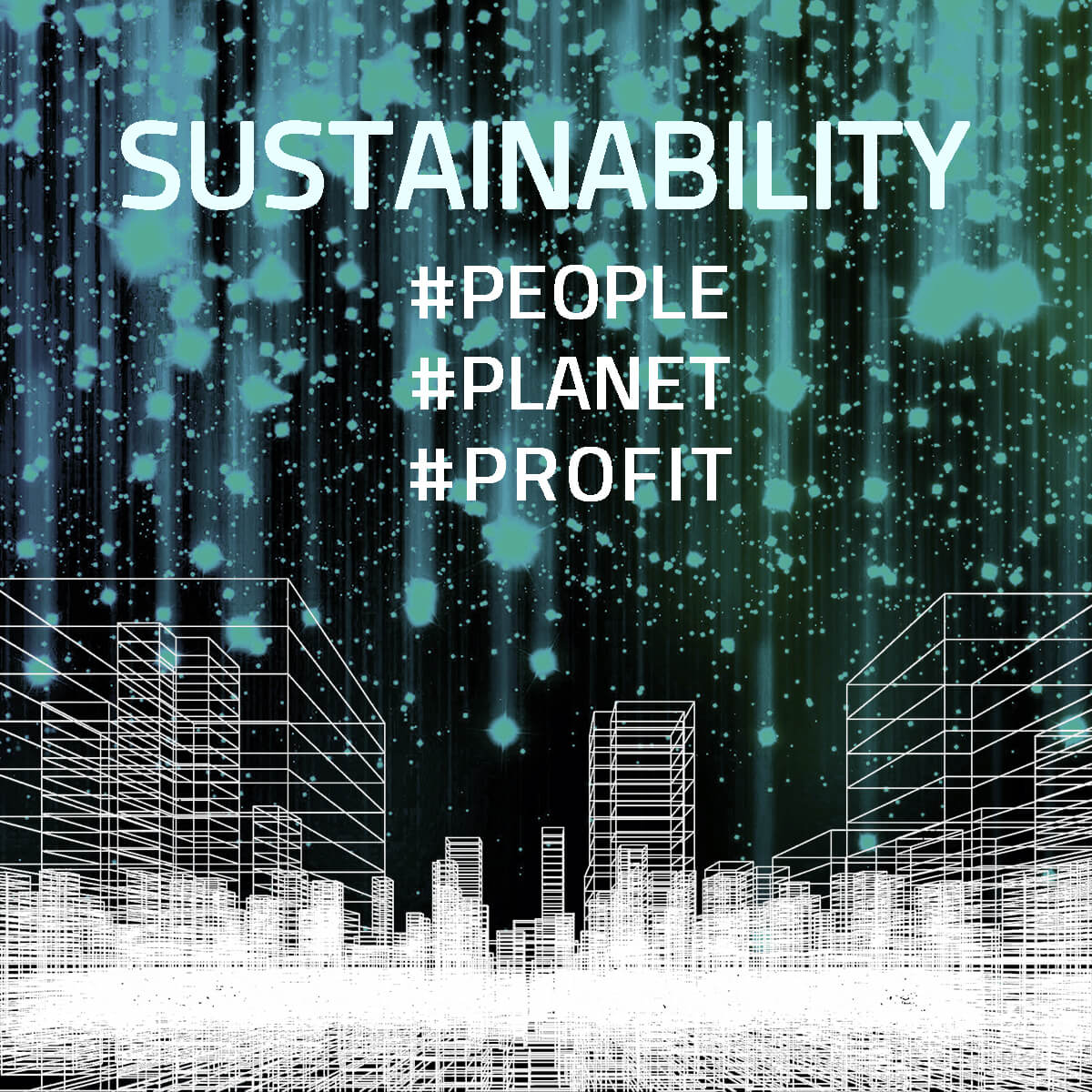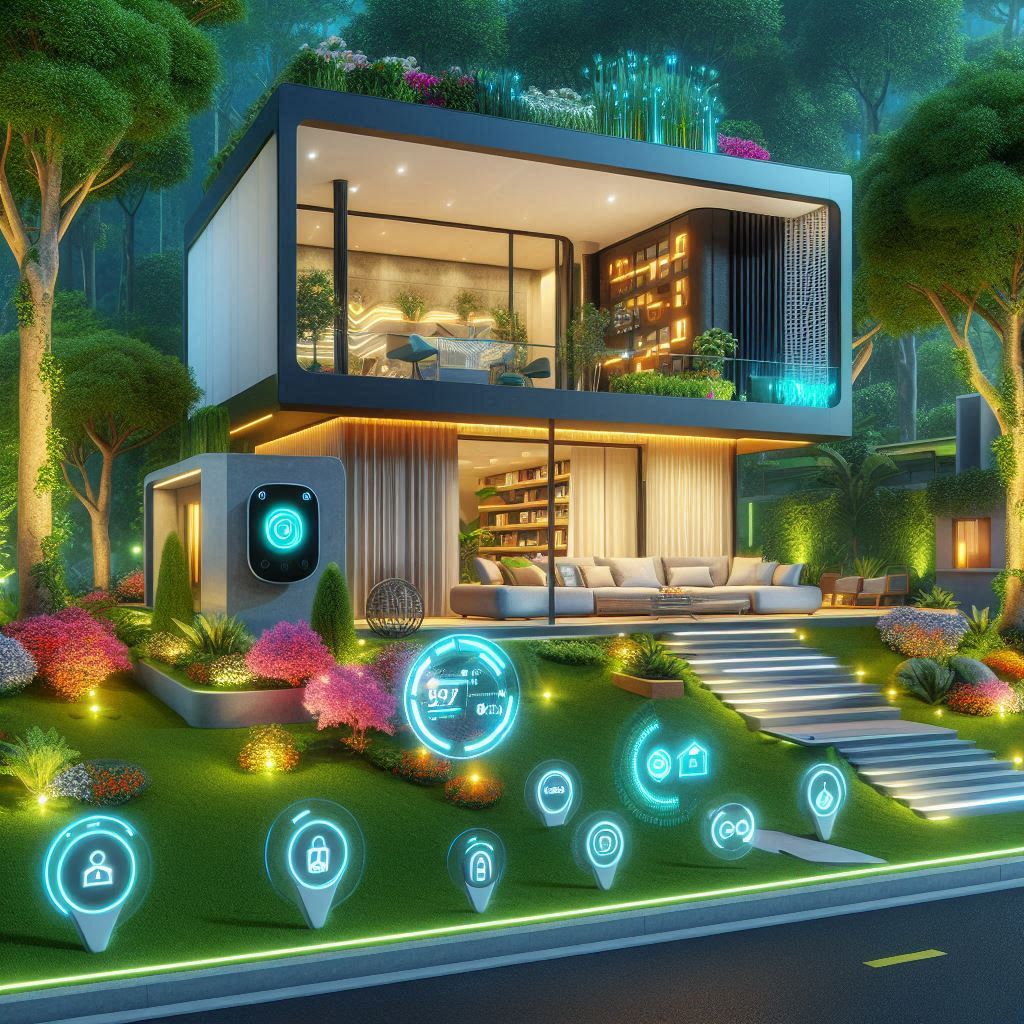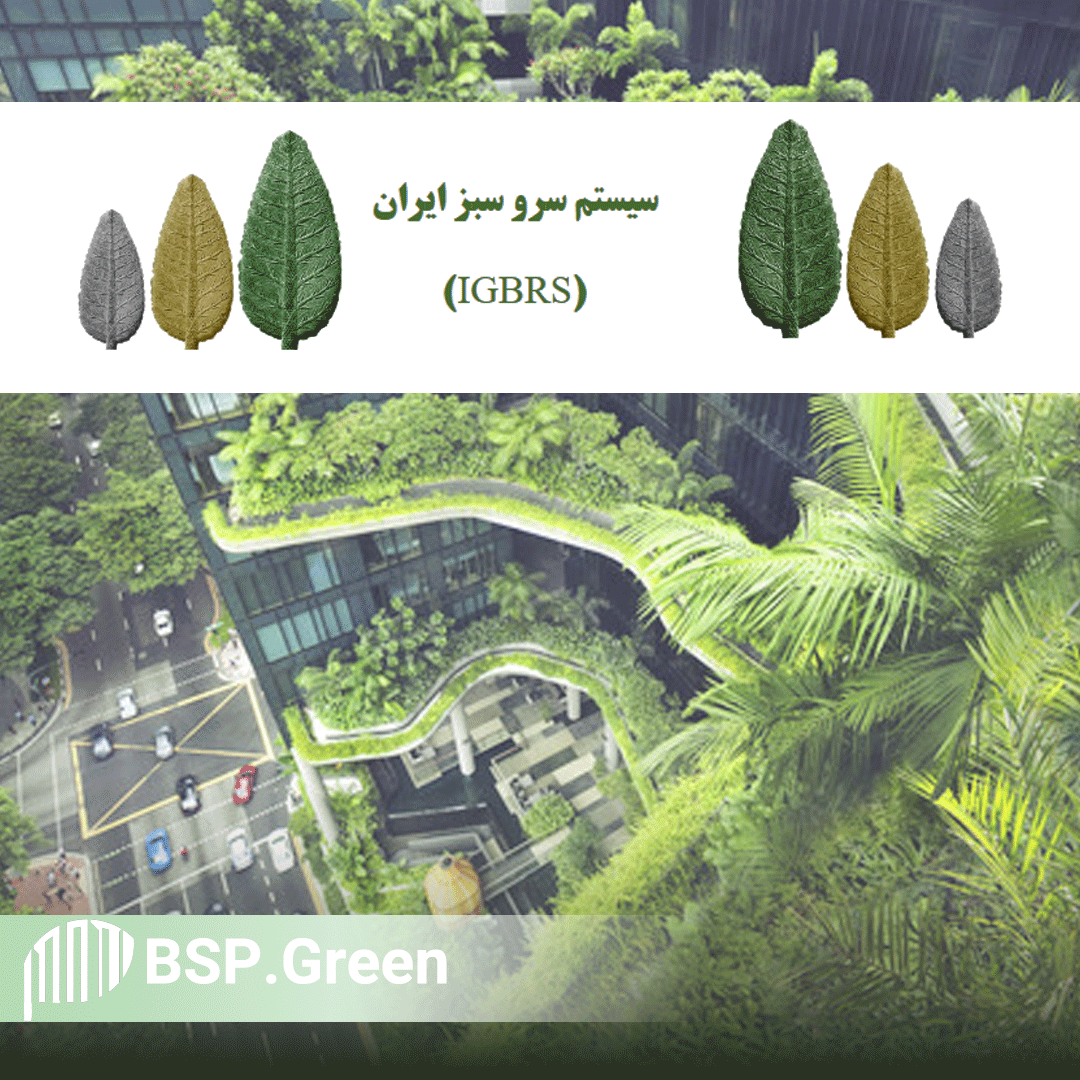
sustainable architecture
Sustainability
Nowadays, sustainability and sustainable architecture is usually defined as the processes and actions through which humankind avoids the depletion of natural resources, in order to keep an ecological balance that doesn’t allow the quality of life of modern societies to decrease . Sustainable design seeks to reduce negative impacts on the environment, and the health and comfort of building occupants, thereby improving building performance. In this article sustainable architecture and development are first defined, and few famous sustainable architects and buildings are also briefly introduced.
Sustainable development
While metropolises are continuously expanding, the Earth itself is not getting any bigger. At the rate the development needs of this world is using the scarce an d limited resources found on the earth, it is becoming obvious that unless there are major changes to Man’s thinking and behavior, the future of civilization as known today is dubious. Sustainability is of vital importance to all because it deals with the survival of human species and almost every living creature on the planet. A delicate balance now needs to be made between a building’s form, function and interactions with its surrounding environment to be considered sustainable development. Sustainable development focuses more on a long-term vision; such as ending poverty and hunger, ensuring good health and well-being for all, providing quality education or achieving gender equality. Sustainable architecture challenges architects to produce smart designs and use available technologies to ensure that structures generate minimal harmful effects to the ecosystem and the communities.
Sustainable architecture
The World Commission on Environment and Development defines sustainability as development that meets the needs of the present without compromising the ability of future generations to meet their own needs. When applying this complex concept to architecture, it then refers to design that creates healthy living environments while aiming to minimize negative environmental impacts, energy consumption, and use of human resources. Sustainable architecture is reflected in a building’s materials, construction methods, resource use and design in general. The design must also facilitate sustainable operation during the building life cycle, including its ultimate disposal. Imagine that there is a plot of land that you think is conveniently located for you to build your house. The problem, however, is that there are 100 trees planted on it and that these trees are the last of their kind. If sustainability is not a concern, what you’ll probably do is cut down all the trees to clear the space and use all the lumber to build your house – not caring if nobody else gets the chance to use the same kind of trees in the future. But Sustainable architecture means putting environmental factors into consideration.
Sustainable architecture principles
Sustainability is made up of three pillars: the economy, society, and the environment. John Elkington, was one of the first people to argue that companies should start considering this triple bottom line so that they could thrive in the long run [1]. Sustainable design principles include the ability to:
- optimize site potential;
- minimize non-renewable energy consumption;
- use environmentally preferable products;
- protect and conserve water;
- enhance indoor environmental quality; and
- optimize operational and maintenance practices.
Meeting sustainability goals and principles calls for agencies to cost-effectively:
- Achieve and maintain annual reductions in building energy use, and implement energy efficiency measures that reduce costs;
- Reduce potable and non-potable water consumption, and comply with storm-water management requirements; and
- Ensure that new construction and major renovations conform to applicable building energy efficiency requirements and sustainable design principles.

Sustainable architects
13 famous sustainable Architects are: Renzo Piano, Ken yeang, William Mcdonough, Glenn murcutt, Eric corey Freed, Frank Lloyd Wright, Peter Busby, Norman Foster, Rolf Disch, Richard Buckminster Fuller, Perkins+Will, Jean Nouvel, Thom mayne.
- Renzo Piano: This Italian architect is one of the most influential and famous green and sustainable architect in modern history. He doesn’t stick to stereotypical sustainable building shapes or materials, but he still incorporates elements that are green in his designs. One of his famous designs is the California Academy of Sciences.
“In architecture you should live for 150 years,
because you have to learn in the first 75 years.”
- Ken Yeang: This Malaysian architect focused his career on designing sustainable structures that were one with nature. The National Library in Singapore is a fine example of green design by Ken Yeang.
“In my heart I believe that biology is the beginning and the end of everything. It’s the biggest source of ideas, the biggest source of invention. Nobody can invent better than nature and so if you like nature is my biggest source of inspiration.”
- Frank Lloyd Wright: Considered by many to be the greatest architect who ever lived, he is considered to be the pioneer of green design. While this is debatable because the principles of sustainable architecture existed during the roman times, his pivotal role in furthering them is undisputed. The home in Laurel Highlands in Pennsylvania is one of the best ever built, and is currently considered a National Historic Landmark.
“All fine architectural values are human values, else not valuable”
Sustainable Buildings
AIA reports of 3 buildings with sustainable design and construction are presented in following tables.
- Packard Foundation Headquarters
| Packard Foundation Headquarters | |||
| California | Location | ||
| Office | Function | ||
| EHDD | Architect | ||
| 49% reduction | Energy consumption | Project performance | |
| 119% | Energy Generated /Energy consumption | ||
| 50% | Equipment energy reduction | ||
| 69% reduction | Potable water managed by stormwater | ||
John W.Olver building
John W.Olver Massachusett Location Education Function Leers Weinzapfel Associates Architect 53.9% reduction Electricity energy consumption Project performance Kg/m2.y49 CO2 emission Gallon/m2 14 Potable water consumption $/m2 4546 Costs

Microsoft silicon valley campus
Microsoft silicon valley campus San Francisco Location Office Function WRNS Studio Architect 239 KWh/m2 Electricity energy consumption Project performance Kg/m2372 Embodied CO2 reduction 20% HVAC demand reduction 32.6% Potable water managed by stormwater
![]()
During these uncertain times, we can’t forget about the climate crisis. We will gradually add our new pieces connecting sustainability with the current coronavirus outbreak.




